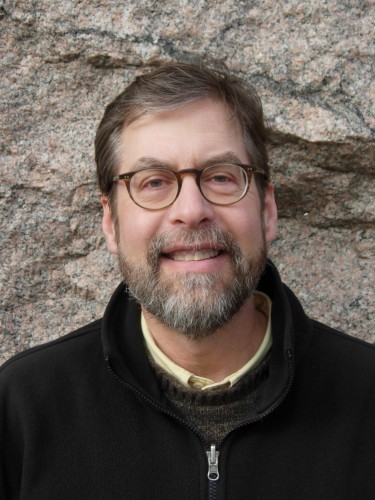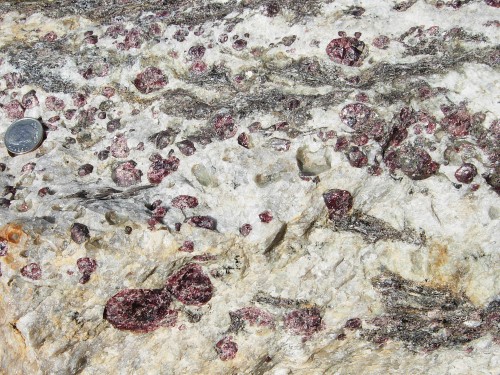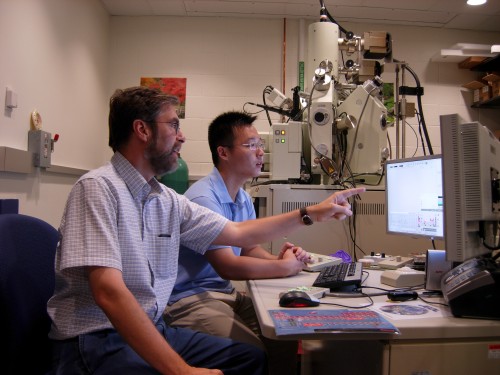
Dr. Jay Ague, chair of the Department of Geology & Geophysics and Curator-in-Charge of Mineralogy at the Peabody Museum, was named to the Henry Barnard Davis endowed professorship this fall. “It is a tremendous honor and very humbling,” said Dr. Ague.
Ague researches heat transfer, chemical reactions, and fluid flow in the metamorphic and igneous rock of ancient and modern mountain belts. His current work focuses on the carbon-cycle component of mountain building and how fluid flow in rock affects the release of carbon into the atmosphere. Ague works to quantitatively determine the “interplay between the amount [of carbon] released and the amount trapped,” which has also “prompted interest in carbon sequestration,” he said.

Ague also currently researches “ultrahigh-temperature” metamorphic rocks that have reached over 900 degrees centigrade. “We want to decipher how they got as hot as they did,” he explained.
The field of geology has “lots of new opportunities for students,” said Ague, noting particularly the areas of climate change, energy, resource extraction, and sustainability. Geologists can “look at the future, and assess what global change might be, but also look into the deep past” to “put together the planet’s history. There is a lot of preservation of detail in rocks,” he added.
“The field is so broad, and there are so many great colleagues. It’s a very interactive, collaborative department,” Ague said. “And it’s always fun to cut open a new rock. It’s a thrill — you don’t know what you will find.”

About the Author: Mina Himwich ’16 is a prospective Physics major in Branford College.
Acknowledgements: The author would like to thank Professor Ague for his time and his enthusiasm for his work as a researcher, curator, and instructor.
